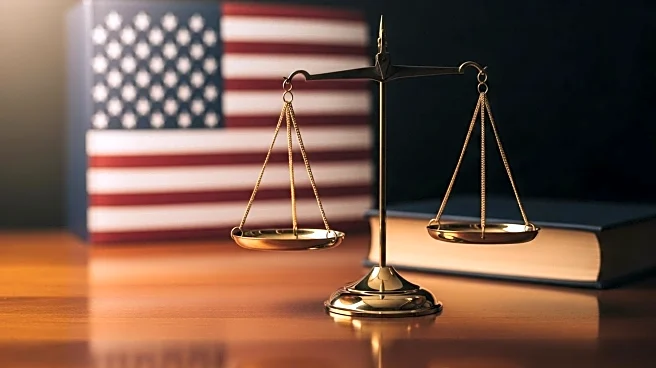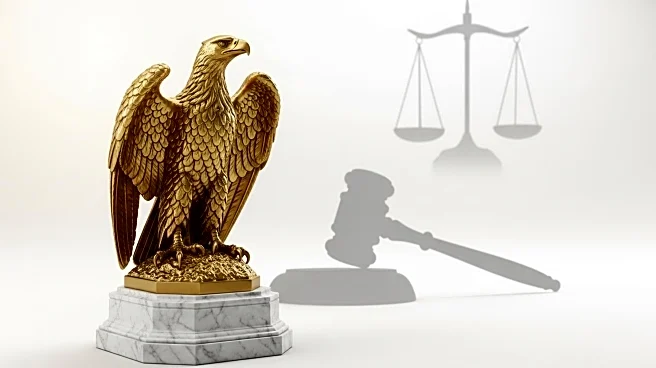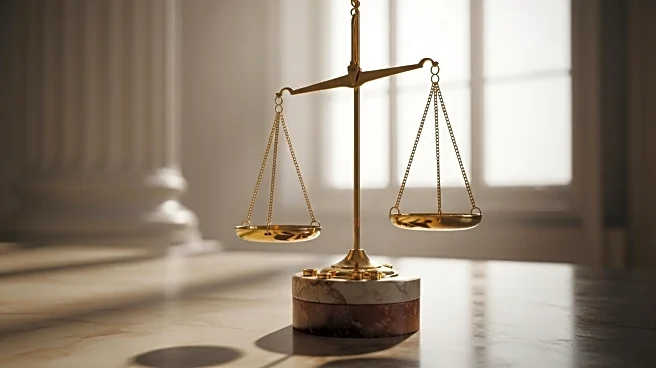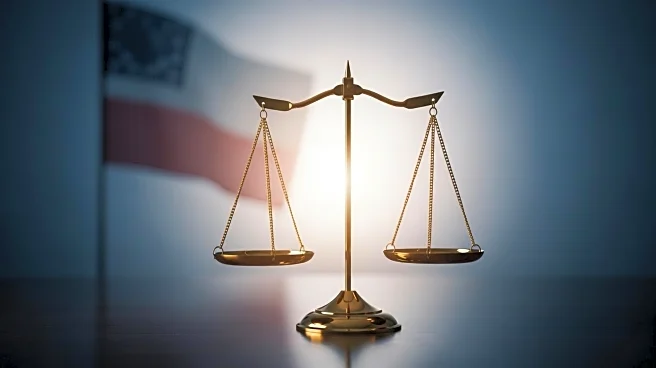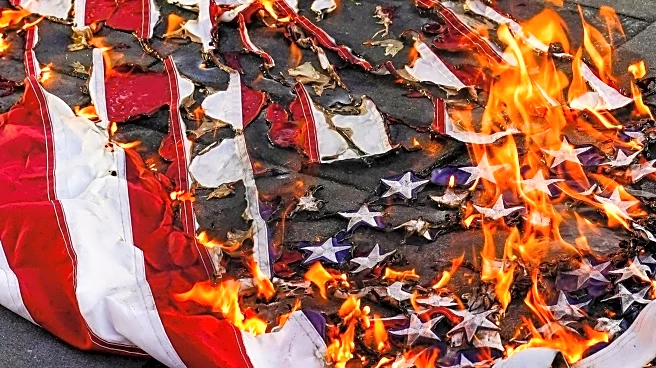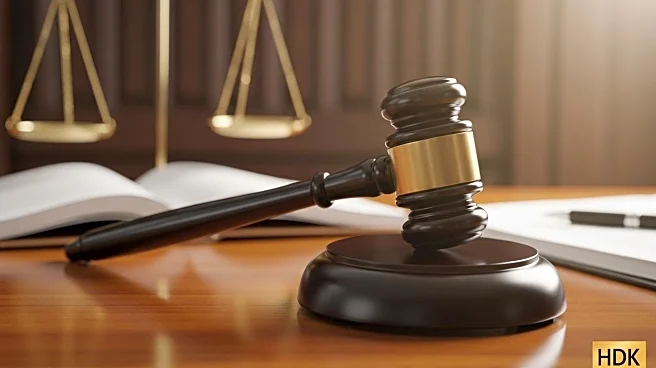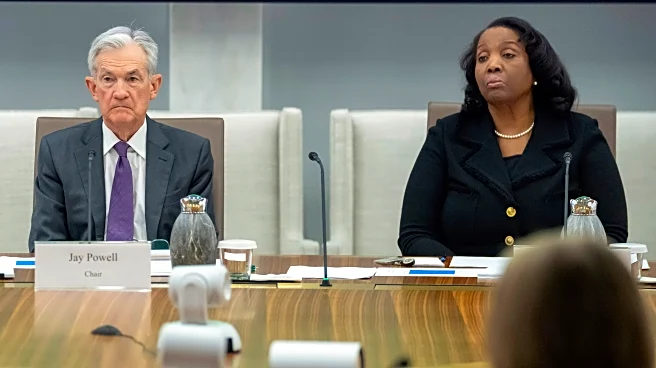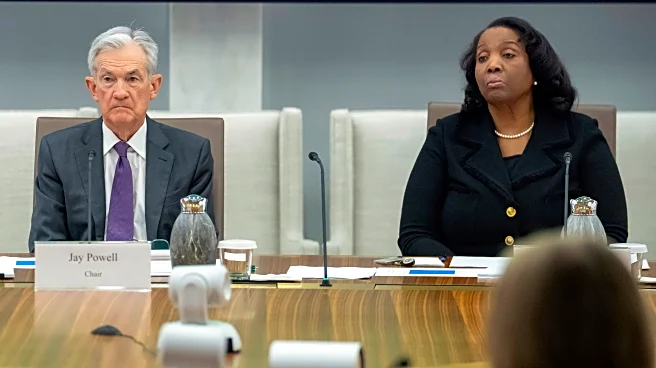What's Happening?
President Trump issued an executive order on August 25, 2025, addressing the burning of the American flag, a move that has sparked significant legal debate. The order describes flag burning as 'uniquely offensive and provocative,' suggesting it may incite violence and riots. Despite the executive order, the Supreme Court has upheld the right to burn the flag as a form of free expression under the First Amendment in previous rulings from 1989 and 1990. Trump's order does not criminalize flag burning, as he lacks the authority to do so, but it aims to prosecute flag burnings that violate other applicable laws. The order has been criticized as a distraction tactic, with Trump using the issue to solicit donations from supporters by framing it as a patriotic cause.
Why It's Important?
The executive order highlights ongoing tensions between freedom of expression and national symbols in the United States. While flag burning is legally protected, it remains a controversial issue that can polarize public opinion. Trump's approach appears to leverage this controversy to rally support among his base, potentially framing opponents as unpatriotic. This tactic could influence political discourse and voter sentiment, especially as the country approaches election periods. The order also raises questions about the limits of executive power and the role of the judiciary in safeguarding constitutional rights.
What's Next?
Legal challenges to the executive order are likely, as civil liberties groups may seek to reaffirm the Supreme Court's stance on flag burning. Political opponents may use the order to critique Trump's administration, while supporters might rally around the patriotic messaging. The Department of Justice may explore legal avenues to enforce the order's provisions, potentially leading to further court battles. Public demonstrations and protests could arise, reflecting the divided opinions on the issue.
